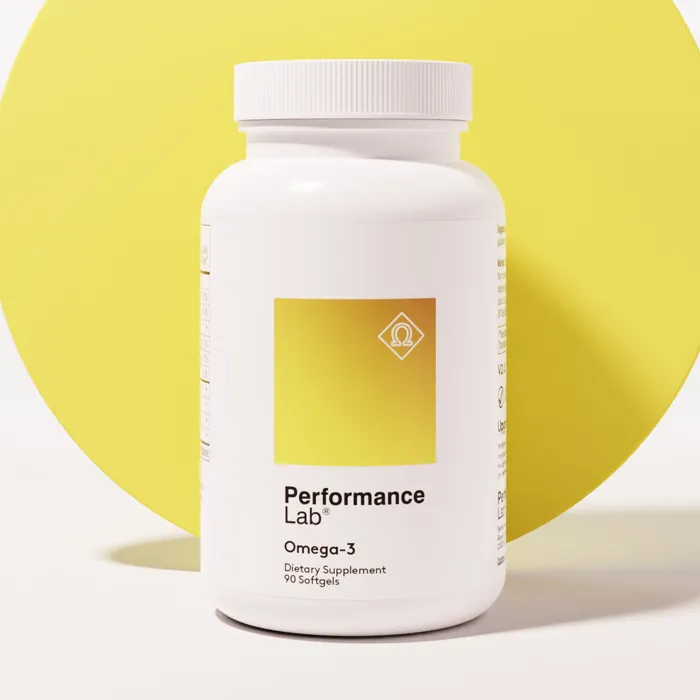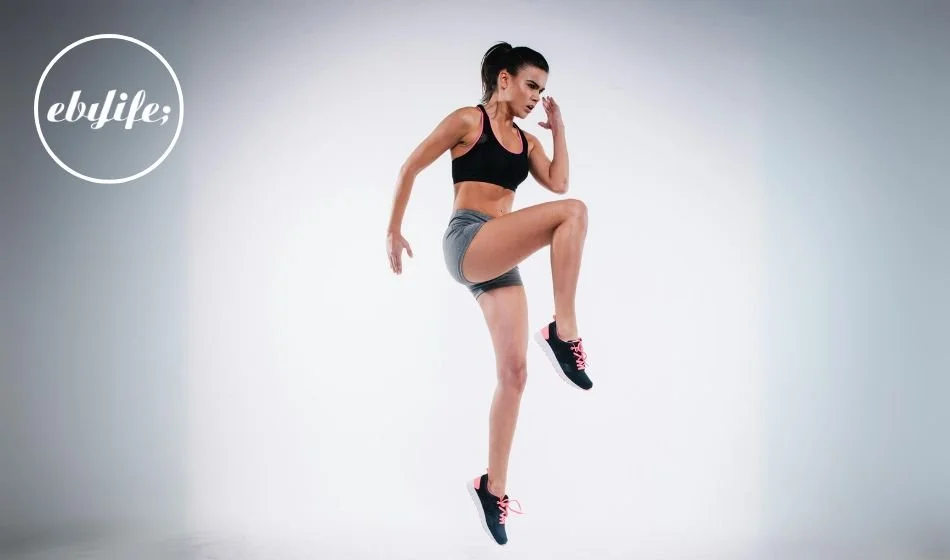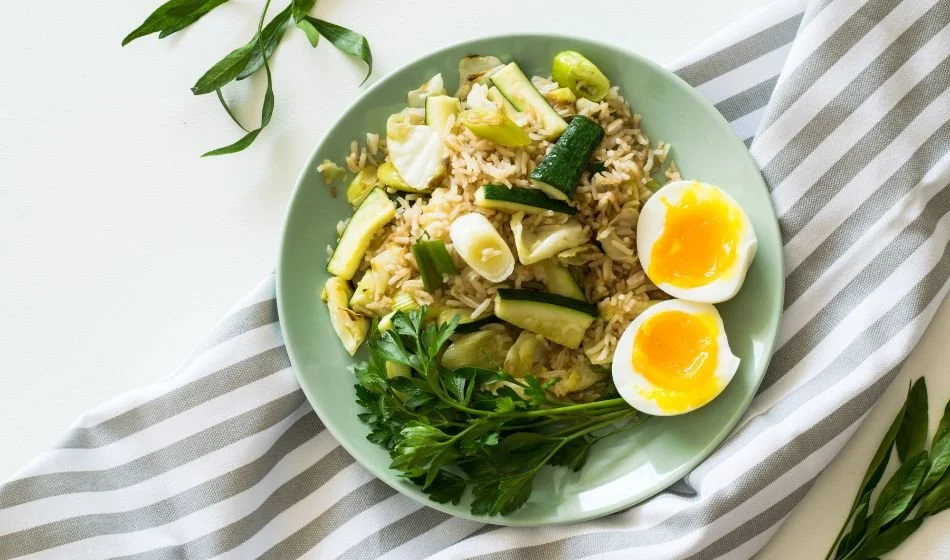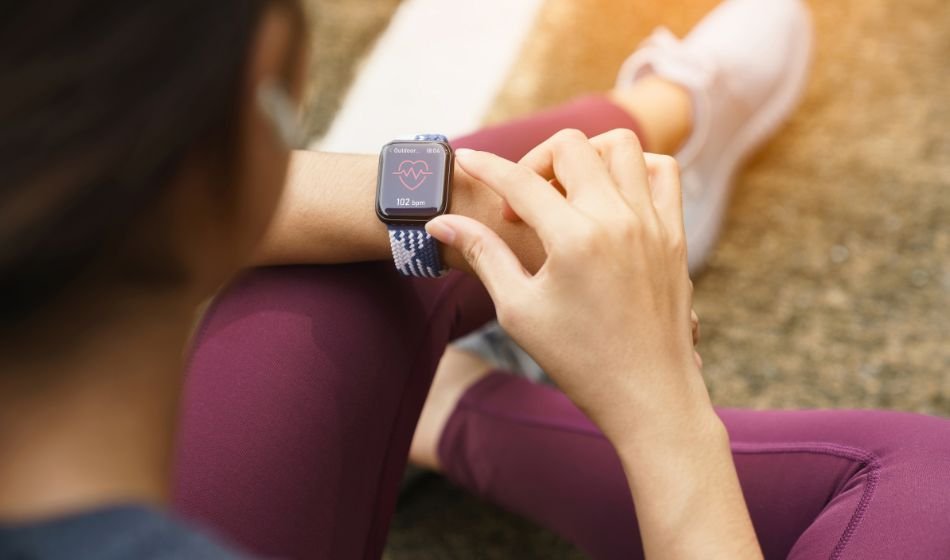Female body types
By Martin Ebner
Understanding your body type is crucial when it comes to tailoring your fitness and nutrition plan to achieve the best results. Recent research highlights the impact of social media on body image and the importance of setting realistic goals. This practical guide aims to update your knowledge of the female body types, help you to identify yours, and to show you how to effectively train to maximise your results.
The Importance of Identifying Your Body Type
Recent studies from Science Daily show that recognising and understanding your genetic body type can help set realistic fitness goals, preventing negative psychological effects from unattainable standards. Knowing your body type can guide you towards selecting the most effective exercises, training programs and nutritional plans tailored to your unique physique.
The Eight Female Body Types
Straight (Rectangle)
Minimal waist definition; similar measurements for shoulders, bust, and hips.
Pear (Triangle)
Wider hips when compared to the bust with a more defined waist.
Spoon
Hips are larger than the bust with a defined waist.
Hourglass
Balanced shoulders, bust, and hips with a defined waist.
Top Hourglass
Bust is larger than the hips with a defined waist.
Inverted Triangle
Broad shoulders with narrower hips.
Oval (Apple)
Full midsection with less defined waist.
Diamond
Wide shoulders and hips with a narrower waist.
Training Tips for Each Body Type
Straight (Rectangle)
Focus on building muscle to create more definition and curves. Try to incorporate strength training and compound movements like squats and deadlifts. These exercises target multiple muscle groups to maximise efficiency.
Pear
Emphasise upper body workouts to help balance proportions and aesthetics. Shoulder presses, push-ups and rows are great exercises to help build strength in the upper body. Incorporate lower body exercises to maintain muscle definition, such as lunges and squats.
Spoon
Similar to pear, focus more on upper body strength. Consider exercises like rows, push-ups and shoulder presses. Add in some leg work and cardio to maintain lower body muscle definition.
Hourglass
Maintain a balanced workout regime with both cardio and strength training. Incorporate exercises that target the core, such as planks and Russian twists.
Top Hourglass
Focus more on lower-body exercises like squats and lunges to balance the upper body. Include activities that promote overall muscle tone and balance.
Inverted Triangle
Prioritise lower body and core workouts to create a balanced look. Include exercises like leg presses and planks. Focus on exercises that add volume to the hips and thighs.
Oval
Incorporate full-body workouts with a focus on core strength. High-intensity interval training (HIIT) can be beneficial. Include exercises that target the midsection to build core stability.
Diamond
Similar to oval, focus more on core and full-body workouts. Incorporate cardio to manage any midsection weight. Emphasise compound exercises like squats, deadlifts and push-ups that promote full-body strength.
General Dietary Recommendations
A balanced and nutritious diet is essential for everyone, regardless of body type. Here are some general guidelines to follow:
Balanced Macronutrients
Ensure a proper balance of carbohydrates, proteins, and fats. Each macronutrient plays a vital role in your overall health and fitness.
Getting the right balance of macronutrients can be challenging for busy women. A comprehensive multivitamin formulated specifically for women ensures you're covering essential micronutrient needs alongside your macronutrient focus.
Whole Foods
Prioritise whole, unprocessed foods such as fruits, vegetables, lean proteins, whole grains, and healthy fats.
Portion Control
Pay attention to portion sizes to avoid overeating. Eating smaller, more frequent meals can help maintain energy levels throughout the day.
Hydration
Drink plenty of water to stay hydrated and to help support essential bodily functions. A minimum of 2 litres per day is recommended.
Limit Sugars and Refined Carbs
Minimise the intake of sugary foods and refined carbohydrates, opting for healthier alternatives such as fruits and vegetables.
Fibre-Rich Foods
Include fibre-rich foods like vegetables, fruits, and whole grains to aid digestion and maintain satiety.
Mindful Eating
Practise mindful eating by paying attention to hunger and fullness cues, and enjoying your meals without distractions. That means no phones or netflix during meal times.
Latest Trends in Fitness and Nutrition
Wearable Technology
Utilise fitness trackers to monitor progress and optimise workouts. Devices like smartwatches and fitness bands can provide valuable insights into your daily activity levels and help you stay motivated. While workouts shouldn’t generally be measured by calorie expenditure, knowing how many steps you’ve taken during the day can be a great incentive to move more.
Functional Fitness
Incorporate exercises that mimic everyday activities for overall strength and conditioning. Functional fitness focuses on improving your ability to perform daily tasks, enhancing your overall quality of life.
Strength Training for Women
Strength training is essential for building muscle, enhancing bone density, and boosting metabolism. It involves using resistance, such as free weights, resistance bands, or body weight, to strengthen and tone muscles. Strength training can be adapted to different fitness levels and provides long-term health benefits.
Success Stories
1. Sarah’s Journey to Fitness
Challenge:
Sarah struggled with her weight for years, trying various crash diets and exercise routines without seeing any significant or lasting results. As a busy professional with a demanding work schedule, Sarah found it difficult to stay consistent with her fitness regimen.
Strategy:
Sarah was guided through a personalised fitness and nutrition plan tailored to her body type (Pear). Her plan included:
A healthy and balanced diet focusing on lean proteins, vegetables, and whole grains.
A workout routine incorporating more upper body strength to help balance out body proportions.
Regular check-ins with her trainer to adjust her plan based on progress, feedback and general wellbeing.
Outcome:
In just six months, Sarah saw significant improvements in not just her figure but to her energy levels too. She lost 5 kg of fat and as a result, gained muscle definition, particularly in her upper body. Her confidence soared, and as a result, she was able to develop a sustainable lifestyle and training program that fit her busy schedule.
2. Emma’s Postpartum Fitness Success
Challenge:
After giving birth, Emma wanted to regain her fitness but was unsure how to start safely. She was concerned about diastasis recti and lacked motivation to exercise consistently.
Strategy:
Ebylife provided Emma with a postpartum fitness plan focused on gradual progression and core strength. Her plan included:
Low-impact cardio exercises to improve cardiovascular health without overexertion.
Core-strengthening exercises like pelvic tilts, hip thrusts and planks to address diastasis recti.
Nutritional guidance to ensure she had enough energy for both her workouts and caring for her newborn.
Outcome:
Within 12 months, Emma had surpassed her pre-pregnancy strength and fitness levels. She lost the baby weight and developed a stronger core, reducing her diastasis recti. The tailored approach with gradual increases in frequency and intensity helped her stay motivated and consistent, balancing fitness with her new role as a mother.
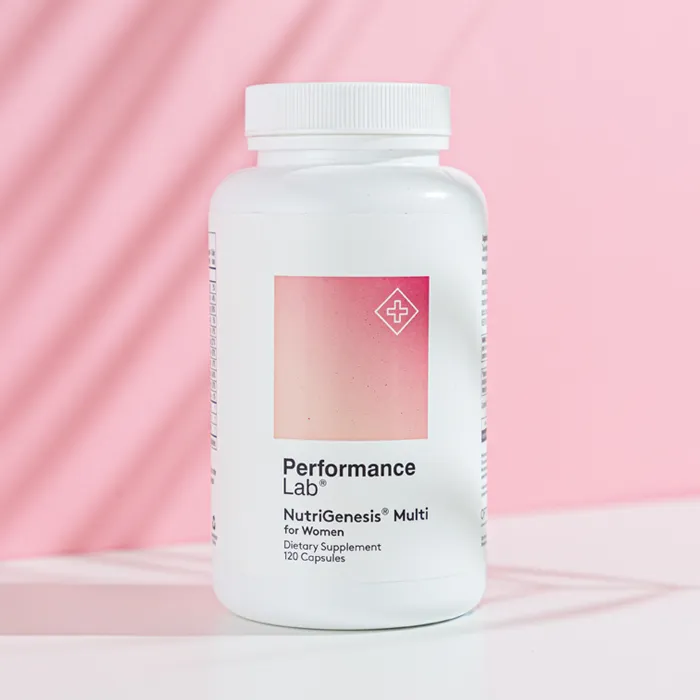
3. Lily’s Reshaping to an Active Lifestyle
Challenge:
Lily had a sedentary lifestyle, leading to weight gain, poor posture and low energy levels. She wanted to get fit but felt overwhelmed by the amount of conflicting information available to her online.
Strategy:
After an initial assessment, Ebylife created a personalised plan for Lily, who identified as having an Oval body type. Her plan included:
A low-carb, moderate fat and high-protein diet to help manage her weight.
Full-body workouts with a focus on strength training. We also included zone 2 cardiovascular training between her strength training workouts.
Weekly progress tracking with small progressive adjustments to help keep her motivated and on track.
Outcome:
Over the course of a year, Lily reshaped her lifestyle. She lost 10 kg, improved her stamina, and felt more energetic throughout the day. Her health markers, such as blood pressure and cholesterol levels, also improved significantly. Lily says she feels a sense of automaticity when it comes to working out, something she always struggled with previously.
4. Lucy’s Change Through Functional Fitness
Challenge:
Lucy, a 60-year-old woman, faced mobility issues and joint pain due to a lack of regular exercise. She wanted to improve her functional fitness to perform daily activities with more ease.
Strategy:
Ebylife designed a functional fitness program tailored to Lucy’s needs. Her plan included:
Functional exercises that mimic everyday activities, like squats, lunges, and lifting overhead.
Strength training to improve muscle tone and support joint health.
A balanced diet rich in anti-inflammatory foods to support her joints and overall health.
Outcome:
In nine months, Lucy saw a noticeable improvement in her mobility and strength. Her joint pain decreased, and she found daily tasks much easier to perform. The functional fitness approach not only improved her physical health but also boosted her confidence and independence.
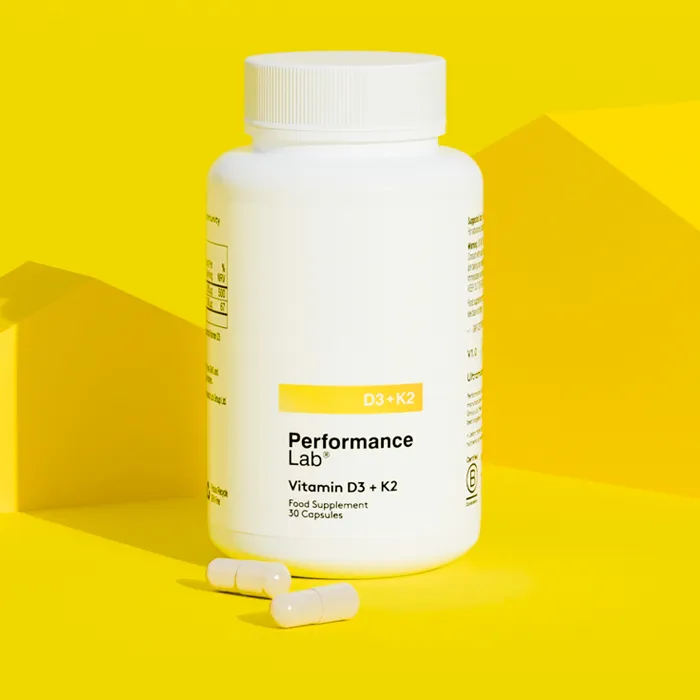
5. Jane’s Fitness Journey in Her 50s
Challenge:
Jane wanted to maintain her fitness as she aged but was unsure how to adapt her routine to her changing body. She struggled to maintain muscle mass and energy levels.
Strategy:
Ebylife provided Jane with an age-specific fitness plan focusing on strength training and endurance. Her plan included:
A mix of resistance training and cardio exercises tailored to her fitness level.
Nutritional guidance to support muscle maintenance and energy, including a focus on lean proteins and healthy fats.
Regular adjustments to her workout routine to prevent plateaus and keep her engaged.
Outcome:
Jane experienced a renewed sense of vitality and strength. Not only was she able to maintain her muscle mass, she gained 2 kilos of lean muscle over 6 months. Her cardiovascular health improved and she felt more energetic. Her personalised plan helped her to stay fit, engaged and active, proving that age is just a number when it comes to fitness.
Our Weight Loss Diet Plan For Women - $20
Conclusion
Tailoring your fitness and nutrition plan to your body type can help you achieve realistic and sustainable results. By understanding your body's unique characteristics, you can choose exercises and create dietary habits that best support your health and well-being. Setting achievable goals based on your body type allows for a more personalised approach, making your fitness journey and programming more enjoyable and effective. It is important to stay informed with the latest science and evidence-backed advice and trends in fitness and nutrition to continually adapt and optimise your plan. Remember, the journey to fitness is ongoing and constantly evolving. It doesn’t have an end date and by embracing your individuality and lifestyle, you stand a far greater chance of long-term success.
For personal training and lifestyle consulting in Barcelona and online, get in touch with Ebylife today.
